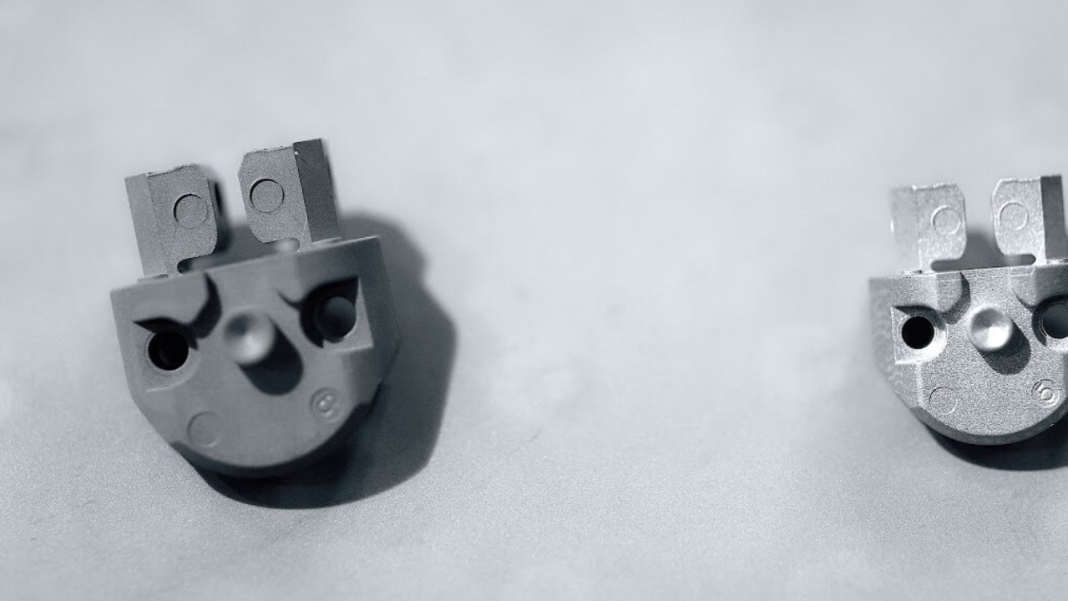It is a PC-controlled process in which a reducing device is used to take away a portion of a workpiece. The workpiece is located at the machine’s table at some point in the fundamental setup, and the reducing device or equipment connected to the spindle rotates and passes to form the workpiece into a very last product.
The time period “CNC machining” covers an extensive variety of machining approaches, along with CNC turning, CNC milling, and CNC drilling. Amongst them, CNC Milling is an enormous approach for CNC machining this is used to produce components for commercial enterprises and enterprises.
How Is CNC Milling Performed?
With the use of spinning-reducing equipment and computer-managed equipment, cloth is removed from a workpiece during the procedure of CNC milling. With the use of CAM generation, a digital layout is transformed into usable device code for CNC machining. This code is then used by the CNC system to manipulate the cutting tool’s movement along numerous axes, disposing of material layer by layer to supply the preferred shape.
Types of CNC Milling
Each kind of CNC milling operation is designed for unique tasks and machining desires. Listed below are a number of the maximum traditional CNC milling operations:
Plain Milling
System flat and horizontal surfaces with plain milling. Slab milling is every other call for this system. Reducing tools are used within the milling method to do away with fabric from the workpiece’s surface. The axis of rotation all through face milling is parallel to the workpiece.
Simple milling can be separated into two types: down milling and down milling, depending on the movement between the worktable and the fabric. It is executed with the aid of placing the device on the typical milling system spindle and the workpiece on a floor that is parallel to the milling machine desk.
Face Milling
The process of cutting an aircraft perpendicular to the device axis is known as face milling. Both the device’s face and its out-of-door edges have enamel which might be used in this procedure. Each institution of enamel has a selected characteristic, the peripheral teeth are cut, and the face enamel is finished.
Face milling can bring about a finish of superior nice and can be implemented with the use of vertical or horizontal strategies. The system used to dispose of fabric has more teeth than the device used for face milling. Finishing is achieved with the tooth that comes into touch with the flat cloth, whereas slicing is achieved with the enamel which is on the threshold.
Angular Milling
This kind of milling involves angling the slicing device relative to the surface of the workpiece. The angle of the nook groove is probably either single or double. It is used to grind planes which can be neither parallel to the tool axis nor perpendicular to it.
This milling approach produces an attitude reduction particularly with the aid of the design, consisting of a groove or a dovetail, by angling the rotating axis of the reducing device with the floor of the workpiece. Perspective milling regularly takes the form of dovetail slicing. The tool’s attitude is probably 45°, 50°, 55°, or 60°, relying on the design.
Form Milling
While abnormal surfaces are milled, which includes curved planes or all curves, this procedure is called form milling. A milling cutter or flying knife may be used to shape it right into a reducing contour, and the shaping system can be finished in just one cut. Not unusual form milling strategies involve milling semi-round beads, grooves, and region-radii on the workpiece.
Convex, concave, and round cutters that can be floored to the desired circle diameter are many of the styles of cutters used for forming milling. Form milling allows for the simultaneous machining of numerous complicated surfaces and complicated patterns.
Straddle Milling
Two parallel surfaces of the workpiece are milled by the use of the straddle milling approach the use of a pair of facet milling cutters. The workpiece is straddled with the aid of the knives, which might be located with their blades dealing with opposing instructions. This fashion of milling works nicely when machining multiple vertical surfaces immediately.
An unmarried reduction is made while straddle milling or extra parallel vertical surfaces. To do this, milling cutters are set up on the identical tool holder and spaced apart exactly by using the breadth of the workpiece. The scale is precisely regulated at the same time as each side of the workpiece is dealt with simultaneously.
Conclusion
In the end, CNC milling is a critical and flexible machining method that is critical to modern manufacturing and improvement. High precision, repeatability, efficiency, and the capacity to design elaborate components and complex geometries are only some of its many advantages. Each approach utilized in CNC milling operations is appropriate for unique machining jobs and necessities.











